Whither now for the Millennium Development Goals?
 With just over three years left to run, and the body still breathing, the post-mortem on the Millennium Development Goals has begun. Agreed at the UN Millennium Summit 2000, the goals (often referred to as the MDGs) were a global commitment to eight areas of development. These were unusual, because there was a deadline set to achieve those targets – 2015.
With just over three years left to run, and the body still breathing, the post-mortem on the Millennium Development Goals has begun. Agreed at the UN Millennium Summit 2000, the goals (often referred to as the MDGs) were a global commitment to eight areas of development. These were unusual, because there was a deadline set to achieve those targets – 2015.
As that deadline looms, and while there has been much progress several targets (especially 4, 5 and 6 which relate to health issues) appear far short of being delivered, there are the inevitable accusations and hand wringing over why so many of the MDGs are off course. Many are asking if we set the right goals in the first place – and criticise the MDGs for not being concerned with issues like human rights.
However, there is an even more fundamental level of questioning going on. Do we need high level targets at all? Are they at best irrelevant to the everyday struggles of the world’s poor, and at worst actually detrimental?
At a meeting last night in Farringdon, a group of development experts and activists met to debate whither next for health and development after 2015. There were the inevitable calls for a more human rights led approach to development, for more attention to be paid to climate issues and human population growth, etc. etc. Many argued that addressing security and fragile states would be the next big focus of the UN and the global community.
However, right at the start, the Chair (Mike Rowson of UCL) asked the audience if they were in favour of more high level international goals like the MDGs? About half were – but the rest of us (including many of the panel) were much more cautious.
The health MDGs – reduce and reverse the growth in new HIV, TB and malaria infections, reduce by 3/4 maternal mortality rates and reduce by 2/3 the under 5 child mortality rates – have been much discussed by CMF before, and we have actively supported campaigns for their implementation. But there has been a downside – HIV, TB and malaria have been well funded by governments and private donors, but to the detriment of community health and other areas of acute medical care. Shiny new HIV units with foreign funding sit across the road from shabby government hospitals. And while we are working hard to reduce maternal and child deaths, the wider health needs of women and children get less funding. And in some countries, these are not the big health needs. For instance in much of the urban population in the so called BRIC countries and many developing nations, it is the chronic non-communicable diseases of affluence (cancer, diabetes, atherosclerotic diseases, etc.) that are becoming the biggest threat to health. Over the last couple of years the international community has begun to look away from the MDG health targets and towards these wider issues.
An argument used in favour of the MDGs is that we can use them to hold our governments to account for achieving them. But many in the meeting on Thursday questioned how much this had actually gone on, recognising sadly that civil society in many parts of the world had dropped the ball in holding their governments and the international community to account (although there are examples where they have successfully, so that is open to debate).
Less open to debate was the pointless burden of measuring and evaluating targets and indicators (there are sixty for the MDGs), which costs time and money for information that often obscures what is really going on (for instance the indicators show that China is now the world’s biggest carbon emitter – recently overtaking the US – but primarily because they are manufacturing so many goods for consumption, mainly in the West). And in the process, funders end up with all the power – demanding programmes that meet targets and indicators, irrespective of what is actually wanted or needed on the ground.
The most powerful and persuasive case was made by Meera Tiwari (of UEL) who argued that we needed to move things from the global to the local and that grass roots targets were the way ahead. Where local communities identify what they need to flourish and grow, and where donors and governments work in full cooperation with them (rather than setting the agenda), the result can be innovative development and health improvements that genuine change the lives of the poor for the better. Recent books such as Poor Economics are replete with examples of how highly local and innovative programmes can work. This is not as politically or publically engaging as big targets like reducing the deaths of mothers by 75% – but the impact could be much greater in the long term.
And this is an area that churches and Christian NGOs have been pioneering for decades. For example, the Community Health Global Network has been getting together small scale, mostly Christian community health projects, to share learning and ideas, and helping them identify the health needs of their communities and finding the resources to meet them. Small scale, not glamorous, not winning awards or having crying celebrities talking to camera about how moving it all is, but making a real impact at a small, local scale day to day.
This may be the real legacy of the MDGs – we have learnt that high level targets can work to a degree, and can achieve good things, but that they are limited, but that local, bottom up approaches are the real way ahead.


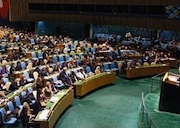

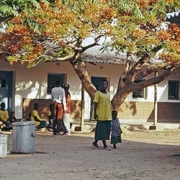
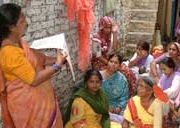
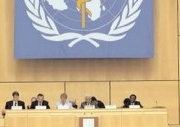
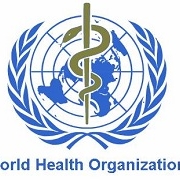
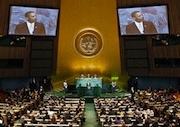



Leave a Reply
Want to join the discussion?Feel free to contribute!